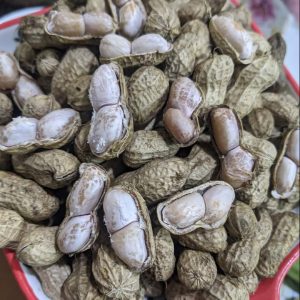
We tend to hide them, mention them only in passing, and sometimes even fear them… Yet they’re there almost every day—quiet but reliable. Know what we’re talking about?
Yes, vaginal discharge. But what if it’s more than just an inconvenience? What if it actually plays a key role in your intimate health? This short guide might just change how you see this 100% natural phenomenon.
What Exactly Is Vaginal Discharge?
First things first: vaginal discharge is neither dirty nor useless. It’s simply a natural secretion produced by the cervix and vaginal walls—a built-in self-cleaning system (pretty convenient, right?). Its job is to:
- Eliminate dead cells
- Maintain a balanced pH
- Prevent infections by forming a protective barrier against bacteria and yeast
So yes, it’s essential for your intimate balance. In short: no discharge means a weakened defense system—and that’s not something you want.

Why Does It Change Throughout the Cycle?
You’ve probably noticed your discharge isn’t always the same. That’s completely normal! It changes according to the different phases of your menstrual cycle. Here’s a quick breakdown:
- Right after your period: It’s usually very light or even absent. Your vagina is resetting itself.
- During ovulation: It becomes more abundant, clear, and stretchy—like raw egg white. This is a sign your body is at peak fertility.
- After ovulation: It may turn thicker, creamier, or slightly yellowish. Nothing to worry about!
- Just before your period: It often decreases but may still be slightly present.
Every body is different, but these cyclical changes are a valuable indicator of your hormonal health.
When Should You Be Concerned?
Most of the time, vaginal discharge is completely normal and healthy. However, some signs should catch your attention. Here are a few red flags:
- An unusual or strong odor that persists even with gentle hygiene
- A sudden change in color, especially if it turns greenish or grayish
- Itching, burning, or discomfort in the intimate area
- A foamy or very thick texture accompanied by other symptoms
If any of these occur, don’t panic—but do see a healthcare professional. Better safe than sorry, right?

How to Care for Your Intimate Flora (Without Overdoing It)
Faced with the endless rows of intimate hygiene products, it’s easy to feel overwhelmed. But the golden rule is simple: less is more.
Here are some simple habits to follow:
- Use plain water or a mild, fragrance-free soap—only externally.
- Avoid vaginal douching, which disrupts your natural balance.
- Choose breathable, comfortable cotton underwear.
- Change your sanitary products regularly, especially during your period.
- And above all, listen to your body. If something changes, it may be your body’s way of telling you something.
Rethinking How We See Discharge: A Small Step for You, a Big Step for Your Intimate Health
What if your vaginal discharge were like your body’s personal weather report? It signals sunny days, warns of small storms, and helps you adjust. Understanding it means reconnecting with yourself—your cycle, your balance, your femininity.
Listening to your discharge is like decoding a secret message your body sends every day. It’s not something to hide or fear—it’s a reminder that your body is alive, intelligent, and always communicating with you.




